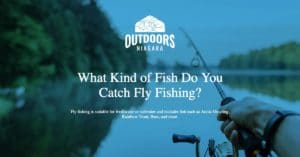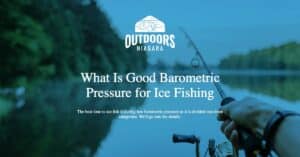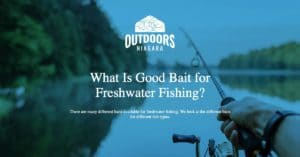- Shads – while shads are technically a saltwater baitfish, the word is used so often to mean any fish that is not an adult and not a minnow. So, the general term, “shad” refers to fresh or saltwater fish that are small but not yet adult fish. Juvenile and adult bass eat shad including bluegill, perch, other bass, and salmon or trout shad.
- Minnows – Minnows are fish that are not yet juvenile and are generally less than one year old. Minnows are hatched from eggs and then swim around until they begin to grow. Small bass, juvenile bass, and adults will eat minnows, including bass minnows.
- Crayfish – Adult and lager juvenile bass will take crayfish. Smaller bass may also take smaller crayfish.
- Golden Shiner Shad and Minnows – Adults will take larger golden shiner as food and juveniles will feed on smaller shads and minnows.
- Aquatic and Terrestrial Insects – Small bass and adults will feed on aquatic and terrestrial insects – larva, nymph, and adults.
- Small Animals – Shrews, birds, bats, etc. – Adults will consume smaller animals including shrews, birds, duckings, etc.
- Small Rodents – Small rodents are a staple of bass. They will eat mice, rats, and other small rodents that end up in the water.
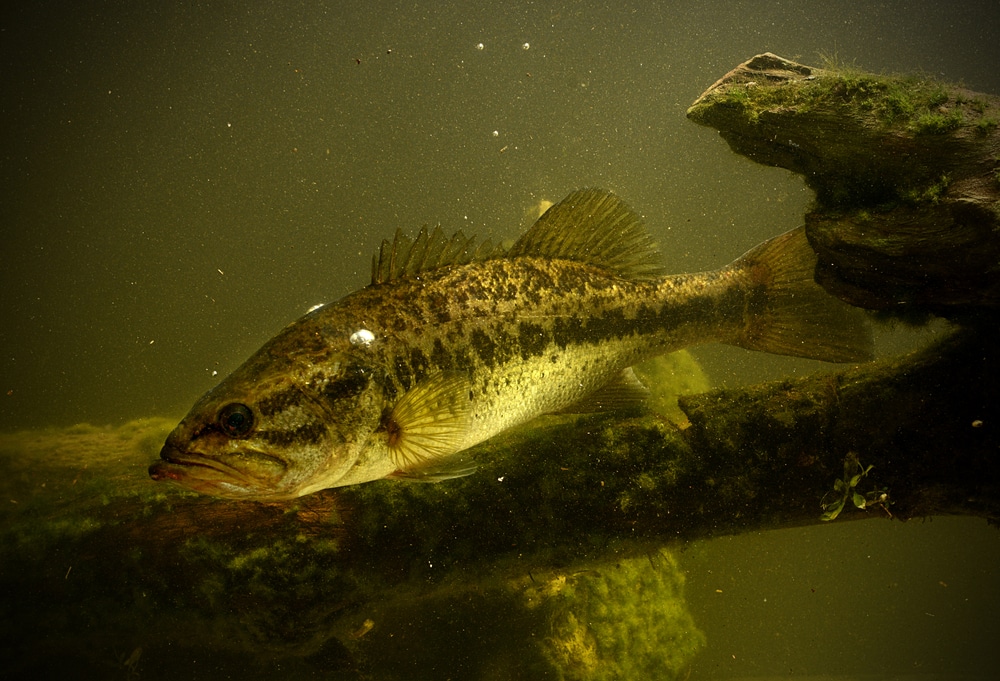
Not all the food options on this list are available year-round.
There is very much a seasonal variation to bass diets.
Small fish, worms, and aquatic insects are almost always available.
That means regardless of when you fish a minnow or shad pattern fly or lure will likely be a good choice.
Seasonal foods may be available one season and not the next.
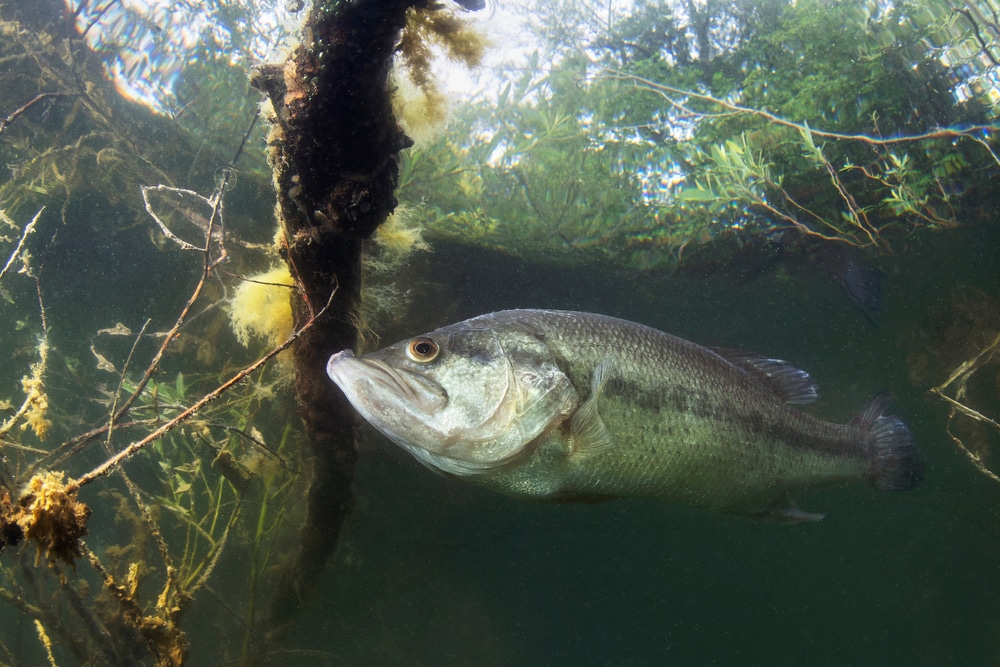
A large portion of bass diets are insects.
It is important to realize that insects are always present, though not always in the form we recognize.
A good example of what this means to anglers is the difference between a dragonfly adult and a dragonfly naiad.
Dragonflies may live for three years, but only for a few months as an adult.
They spend most of their lives underwater as naiads.
Naiads are available year-round but adult dragonflies are only available in the summer and fall months.
They emerge, mate, lay eggs in water, and then die.
So, if you fish for bass, expect to change up your offerings for both lures and fly patterns throughout the year.
Contents
Match the Hatch
Bass and trout are both predatory fish, and they are smart.
Match the hatch is all about offering them the types of foods that are in season.
The fish are on the cycle to expect certain types of insects at specific times of the year.
You may not have a nymph fly or lure in your box, but chances are you have one that is in the right color range.
Pay attention to what is available to bass when you are fishing and match your lure or fly to that color and size.
The Predatory Behavior of Largemouth Bass
Largemouth bass are predatory by nature.
There is no middle ground with them.
We mentioned that largemouth bass are smart.
It is as though they learn, and they learn quickly.
If you are not catching largemouth bass, they probably already understand your lure and tactics.
If you are having no luck with them, switch it up and try things that are not ordinary.
They have done ordinary and they know it well. Yes, they are that good.
They eat what they catch and they do so in a variety of ways, but they are also remarkably wary.
- Ambush – Largemouth bass spend most of their time in a small area of water. They are not adventurous, and they learn quickly about dangers. It is one of the facts that contribute to the sheer joy of fishing them. Largemouth bass are primarily ambush feeders. That means that your presentation of a fly or lure is going to be more critical for largemouth bass than smallmouth bass. You can fish for largemouth bass blindly by casting your lure or bait into areas where you think they may lurk. You can fish them using a fish finder and take a crack at their aggressive nature. Largemouth bass will ambush smaller fish and eat them. To bring out the ambush mode for largemouth bass, you want to very carefully pique their interest. You can do that by drawing your live minnow or small shade, lure, or bait past where they lurk.
- Hunt – largemouth bass do hunt for food, but not often. These are ambush predators and will lurk. They do hunt but more so when they are smaller and in juvenile mode. They hunt for aquatic insects in weedy patches, for frogs and amphibians along the margins of lakes, and for small fish in tules. They will also hunt the surface of the water for anything that makes a disturbance, such as ducklings, mammals, and small rodents.
- Chase – Largemouth bass rarely chase food. These are one of the dominate predatory fish in most lakes, and they will sit and wait for food to come to them. They will dart out of their hole and strike the surface to take down insects and other food options, but rarely chase their prey. When fish chase food it costs them a lot of energy. Predatory fish that chase food are long, thin, and lean – think mackerel and tuna. A largemouth bass is a bulky beast, and it takes a lot of energy to push all that bulk through the water.
Because largemouth bass are primarily ambush feeders you can get more fishing action drifting along structures.
Bass are somewhat territorial too.
So if you fish in one spot, and you are not getting strikes, switch up your bait offering.
What Do Bass Like to Eat the Most?
- Largemouth Bass – They eat many items and are nondiscriminatory about what they eat. If you are looking for bait for largemouth bass, try insects, leeches, and small fish, such as shad. Chances are that if you drop a food option in front of a largemouth bass it will take it. If you want to try something new for largemouth bass, consider netting up a tablespoon of sweet corn and make a net ball. Let it bounce along the bottom and count to 100. Chances are you will not make it to 100 because you will have a fish on the line.
- Smallmouth Bass – Adults are keen on eating insects, insect naiads, and crayfish. If you are looking for bait for smallmouth bass, try a naiad pattern wet fly or lure. Soft plastics in crayfish, worm, and minnow patterns are also a good bed.
- Striped Bass – as saltwater bass, these predators eat smaller fish and shrimp.; If you are looking for lure options for stripers, cut bait and soft plastics are two good options. Try the eel, shad, and minnow patterns in soft plastics.
- Black Sea Bass – are very opportunistic feeders, but their diet consists of crustaceans – crabs and shrimp, but they will happily take a minnow or shad pattern lure.
Bass Diet Changes with Age
What Does Young Bass Eat?
Minnow-sized bass eat plankton and zooplankton.
Smaller bass continue with plankton and zooplankton but add small items such as minnows, tadpole, and smaller insects.
What Does Older Bass Eat?
Juvenile bass start to eat small fish, frogs, and insects, worms, and leeches.
Adults mostly eat fish, amphibians, mammals, and small rodents.
Knowing what bass eat allows you to target bigger fish and leave the smaller fish for next year.
Seasonal Variations in Bass Diet
-
- Spring – in early spring bass will focus on fish, minnows, shads, aquatic insect naiads, and rodents. The spring waters are still cold and in most places the weather is not warm enough to support adult insect populations. Minnow and shad lures or fly patterns are keen. As spring progresses you can try to drag a mouse pattern lure or fly across a weed bed in a short jigging motion and watch the water explode as a hungry bass takes the mouse. In late spring you begin to see insects emerge, tadpoles, and other warmer weather food options appear.
- Summer – Insects are a big portion of bass diets during the summer. They continue to eat small fish, frogs and ducklings along with other small rodents and mammals. Sea bass are focused on shads, shrimp, and crabs.
- Fall – Insects remain a key part of bass diets and fish roe is also available. If you fish in salmon spawning rivers or lakes, bass will be feeding on roe and dead salmon carcasses. Frogs, crayfish, and snails are also a key part of fall diets for bass.
- Winter – aquatic insects and larvae with smaller fish are the primary diets for bass during winter. Leeches, rodents, and small mammals are also available due to rough weather. Also, note to yourself that winter and early spring waters are often murky. Warm tone lures and flies will help bass find your hook.





